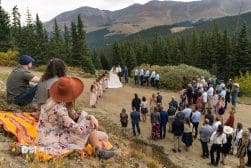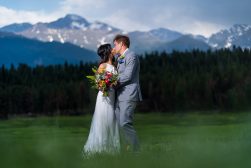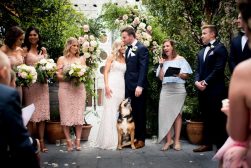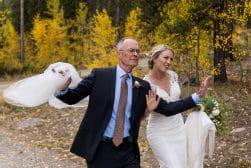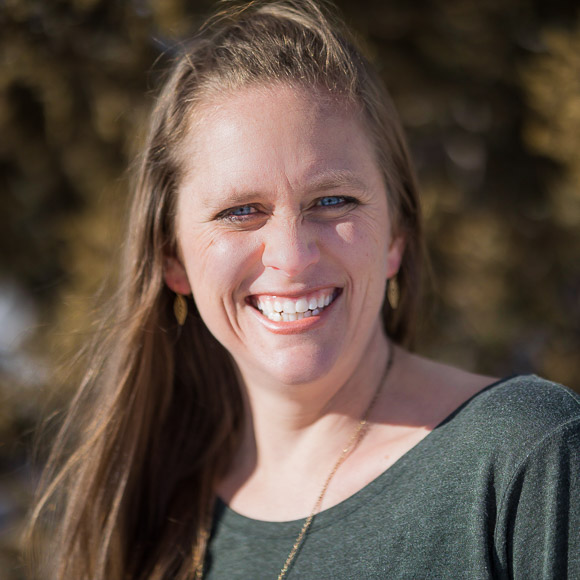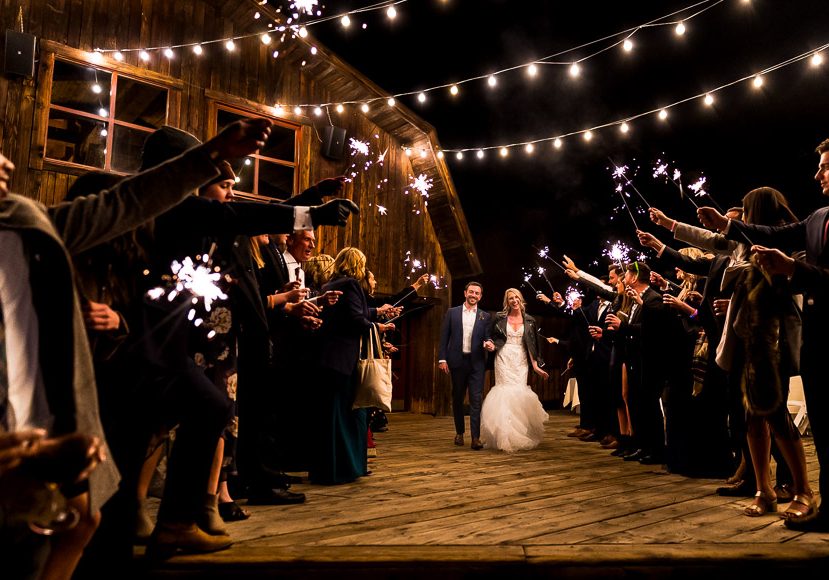
The Importance of Capturing Transitions on a Wedding Day
Uncover the significance of capturing transitions on a wedding day, including tips and techniques for telling a more complete visual story.
When we think about wedding photography, first kisses and first dances spring to mind. But today, we’re going to discuss the importance of capturing transitions on a wedding day.
Transitions are about telling a more complete story of the event.
They help viewers understand how we got from point A to point B and all of the shenanigans that happened along the way.
After over a decade of shooting weddings, I can tell you that many of my favorite moments and the photos that capture them aren’t what you would expect.
Instead, they’re the in-between and unexpected moments.
Such moments make each wedding unique, which is why documenting them benefits the couples we serve.
It also makes our work more interesting because we’re not just following a recipe weekend after weekend.
Instead, we’re telling a different story for each unique couple.
In this article, we’ll talk about why capturing transitions is important and how exactly to do it.
The Importance of Capturing Transitions on a Wedding Day
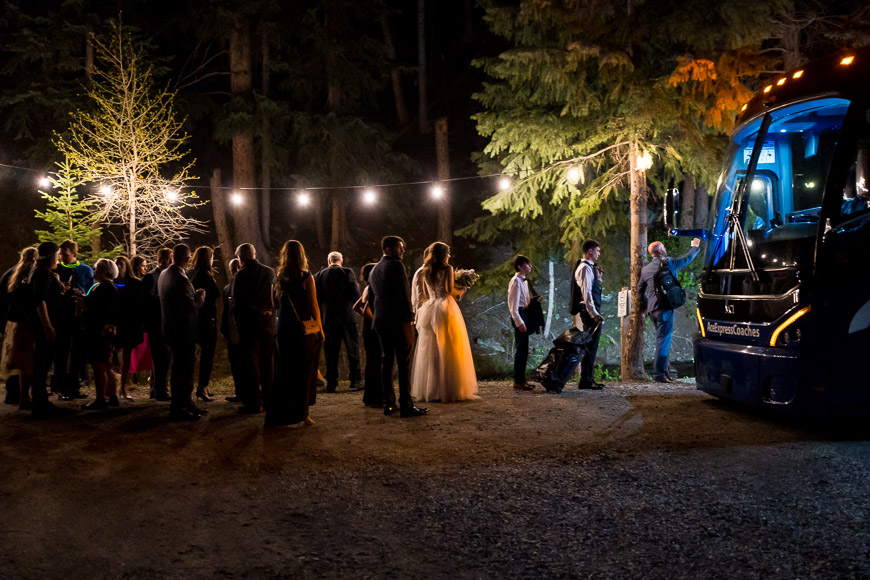
In my comprehensive guide to wedding photography, you undoubtedly learned that wedding photography is a complex profession.
Wedding photographers must be able to work in high-pressure situations and in uncontrollable, variable, and constantly changing lighting conditions.
We have to be able to shoot posed wedding portraits as well as capture candid moments in a fast-paced environment.
Luckily, some aspects of the wedding day are predictable, making it easier for a wedding photographer to be prepared.
But transitions, while predictable in timing, are often the setting of unexpected joy.
In this section, we’ll talk about some of the reasons why capturing transitions is important and in the next, we’ll show you how.
Transitions for Storytelling
Transitions are great storytelling fuel because a story is more than just the who, what, when, and where.
A good story doesn’t just say that the hero defeated the dragon.
A good story tells us about the events leading up to the final battle, the internal conflict that the hero went through, and the characters they met along the way.
In the same way, transitions on a wedding day help give context to the story, so by the time the bride says “I do,” we feel the joy with them.
How Much Do You REALLY Know About Photography?! 🤔
Test your photography knowledge with this quick quiz!
See how much you really know about photography...

As a photographer, I love to tell stories, and remembering to photograph the transitions helps to make my storytelling more powerful.
Think about a wedding slideshow that just shows walking down the aisle, the first kiss, the first dance, and a speech.
Then, think about a wedding slideshow that shows the bride looking nervous as she gets ready with her friends and then climbs into the limo.
She looks excited as she arrives at the venue and sees how beautiful her flowers turned out.
Her dad hugs her and they cry as they wait to walk down the aisle.
During the ceremony, the flower girl runs off and knocks over a vase.
Should I go on, or do you see how transitions are essential for storytelling?
The Flow of the Wedding
In addition to completing the story of the day, transitions help show the flow of the wedding.
Was it a harried affair with everyone rushing around to prepare, or was it a laid-back morning with mimosas and lunch?
Transitions help show what the wedding experience was like.
We don’t just arrive at the ceremony site – sometimes there’s an experience of getting there.
It’s like the hallways in a beautifully designed building where the architecture didn’t just care about how you felt in the room but how you felt as you made your journey to the room.
The transitions help show the flow of the wedding day whether that’s the joyful cocktail hour before the reception or a long wait for dinner.
We can use transitions to show what went smoothly and what shenanigans happened.
Showing the flow will help the couple or any viewer of the wedding photos experience what the day was actually like in an authentic way.
Key Wedding Day Transitions

Wedding day transitions aren’t always included on the wedding photography shot list but are important for your storytelling abilities.
A transition is any moment between key moments, and sometimes these are golden opportunities.
In this section, we’ll talk through some key wedding day transitions to be aware of and hopefully give you an idea of what to look for.
These key wedding day transitions include moments of anticipation, moving between wedding locations such as ceremony to reception, arrivals, and departures, and all the in-between-the-moment moments.
As you read through these, pay special attention to the ones that are most interesting to you.
My advice is always to try one new thing at every wedding.
Don’t try to do too much at once and stress yourself out, but always be learning.
I’ll circle back to this as a tool to help us as we talk about how to capture transitions in the next section.
Moments of Anticipation
A wedding day is full of anticipation. It’s one of the key wedding day emotions that we want to learn to photograph.
Some examples of when anticipation is high include right before a first look or walking down the aisle.
The energy in the room before the ceremony grows increasingly anticipatory as the official start time gets closer.
Sometimes, the photos of the couple right before seeing each other are even better than the moment when they see each other.
Is the bride suddenly nervous and in a hurry?
Is the groom suddenly serious and less of a participant in the jokes of the groomsmen?
Right before putting on the dress, the bride might twiddle her thumbs as she realizes it’s finally almost time.
These transitions of anticipation are great for capturing emotion and telling a story.
Relocating Between Locations

Another great transition to look out for is any time your couple is relocating from one place to another.
If they got ready at a house and they’re about to leave to go to the ceremony venue, capturing the transition is key.
These transitions aren’t always about heightened emotions but rather good opportunities to tell a more complete story.
When you’re putting together a slideshow, album, or blog post later on, the story is more complete if you show something between getting ready and walking down the aisle.
It’s like saying, “The bride did her hair and then walked down the aisle.”
Versus saying, “The bride did her hair and then crammed into a shuttle with 8 of her best friends singing Taylor Swift as they arrived at the ceremony site nestled in the mountains.”
Like detail shots, the transitions help tell a story by giving context to the overall journey.
Arrivals
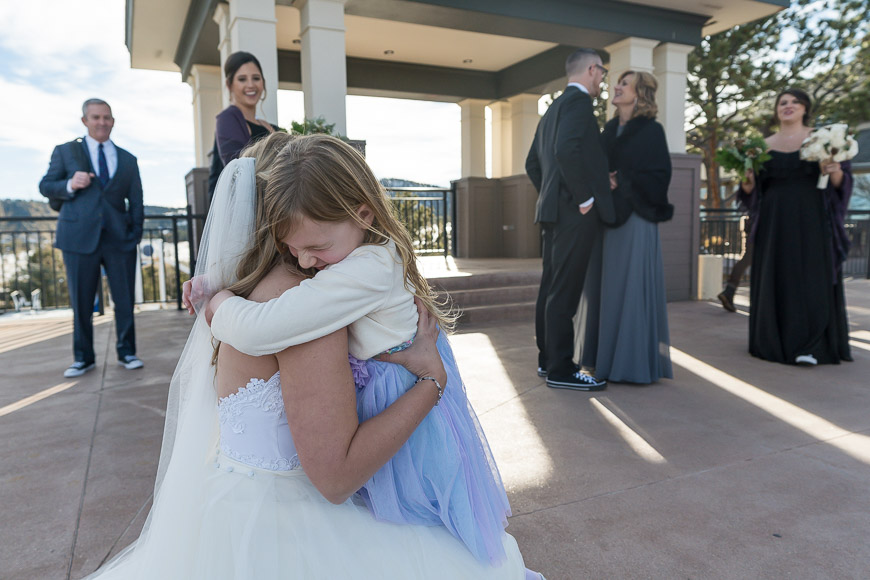
Arrivals might be considered key moments, but they also might be considered transitions.
Either way, your story doesn’t just jump to being in a new place.
Instead, you can document the arrival at the new place.
How does the bride respond when she sees how her wedding venue is transformed and decorated with her details?
What is the reaction of the guests when the bride and groom arrive at the reception?
Arrivals are great storytelling elements to be aware of, and they’re like the beginning of the chapter.
Departures
Similarly to arrivals, departures can help tell a story or demonstrate the mood of the day.
When the couple exits the ceremony, is it dramatic or elegant?
Do they sneak out without fanfare or is there an elaborate production to their grand exit?
Again, when you think of the slideshow, album, or blog post, the departure photo can be a great closing image for one chapter.
When we think about our images as a story, it becomes more evident how important transition photos are.
In Between Moments
Other transitions to look for are the in-between moments.
These are moments that happen in between the things that are happening.
For example, the moments between bridesmaids’ portraits and groomsmen’s portraits are great opportunities for more storytelling images of the couple and their friends.
Whether it’s the laughs and jokes or a shot of everyone walking to a location, these transitions can help tell a story of the in-between moments.
They’re also often better for capturing emotions because people often let their guard down in the in-between.
Another example is when we think about wedding reception photography, we typically think about photos of the speeches and the first dance or other formal events.
But there are other moments of people mingling and partying that help show the vibe of the reception.
Many wedding photographers talk about the importance of shooting through the moment.
It’s important to shoot through the moment because you never know if a better moment is right on the other side.
How to Capture Transitions
Now that you know what types of transitions to look for, let’s talk about how to capture them.
We’ll discuss anticipating transitions, collaborating with your couple and other vendors, and photography techniques to help elevate your images.
This section is the more practical “what to do” section of the article, but it helps if you digested the above section so that you can start to imagine what your goal is.
It may help to think of a specific example of a transition you want to capture.
Keep that example in mind as you read through these techniques and see how you would apply them.
I’ll use the example of transitioning from the hotel to the wedding venue as I walk through these.
Anticipation
First, you’ll want to anticipate when a transition is about to happen so that you’re ready and prepared to capture it.
You don’t want to be the last one out of the hotel room because you’re too busy packing up your gear.
Instead, you can check your watch and make sure you’re ready for whatever is next.
Then, you can be ahead of the group and capture the bride walking down the hallway with her bridesmaids, or everyone stuffed onto the elevator.
Maybe you’ll capture a picture of the wedding party leaving the hotel that includes the hotel logo to provide more context and the “where” part of the story.
You might capture everyone climbing into the limo or shuttle or something that happens along the drive.
You’ll want to be ahead of the game and anticipate what happens next so that you can be in position for it.
Collaboration
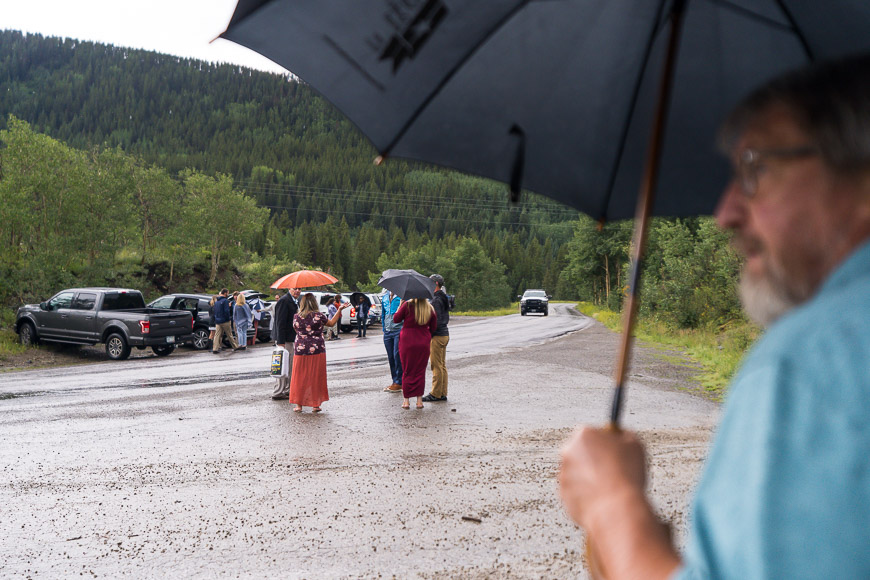
It helps your anticipation techniques if you collaborate with your couple or other vendors.
Find out how the bride is getting from the hotel to the ceremony and determine if you want a seat on the bus or to be ahead of them to capture the limo arriving under the “welcome to beautiful wedding ranch” sign.
Sometimes, grand entrances and exits are somewhat staged with sparklers or bubbles.
It’s good to get that information from your couple or their wedding planner so that you can prepare.
At the very least, it’s helpful to know which door someone will most likely enter through so that you can be in the right position.
This is especially helpful if you need to set up an off-camera flash.
Transitions are a great time to employ bounce light instead because it’s more flexible and adaptable in situations that aren’t easy to control.
Photography Techniques
Just because you’re photographing transitions doesn’t mean you can or should neglect all of your other photography skills.
In fact, transitions often mean different lighting conditions than where you just were, so you’ll want to prepare for and anticipate that.
When it comes to composition, you might use techniques that help show movement, such as leading lines, patterns, or a slow shutter technique.
You might use a tight focal length to draw the viewer into the moment, but I often think of transitions as a wider perspective that shows context.
Choose what elements to include to help tell the story.
Summary of Wedding Transition Photography

As you can see, transitions are an important aspect of the wedding day.
Especially as documentary style and relaxed wedding photography are growing in demand.
Couples want us to capture genuine emotions and tell an authentic story about their wedding day.
Transitions help us do that.
It’s important, therefore, that we educate our couples as to the importance of transitions.
Transitions are hard to capture when a couple thinks they only need us for the ceremony and tries to squeeze as much photography as they can out of a short time frame.
Instead, we need to explain that more coverage gives us the ability to tell a more complete story.
If we show this on our websites, blogs, slideshows, and albums, then we can better talk about it when educating our clients.
It’s also a great sales point for having two photographers if you’re part of a team.
On your next wedding, see what transitions you can capture, and if you’re not already doing so, include them in your final product.

Check out these 8 essential tools to help you succeed as a professional photographer.
Includes limited-time discounts.






